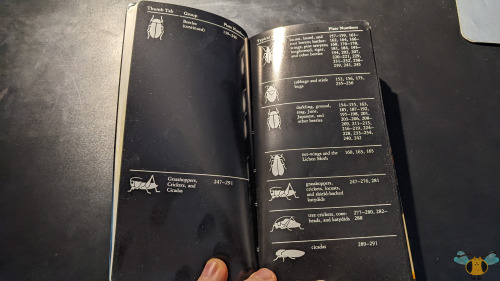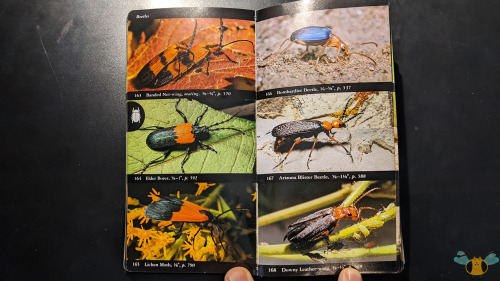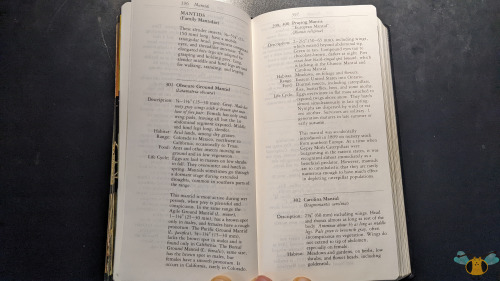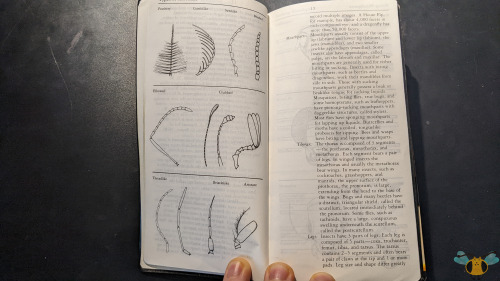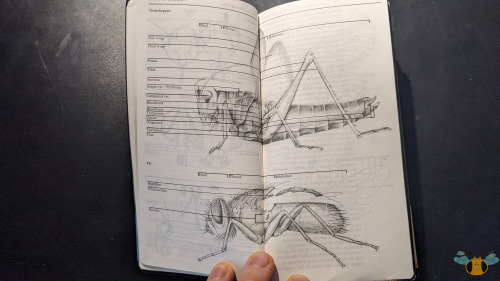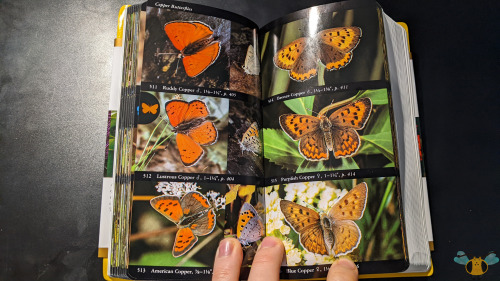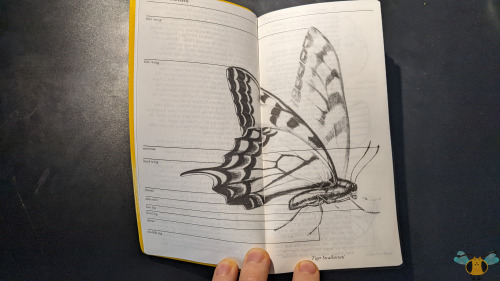#audubon society field guide
National Audubon Society Field Guide to North American Insects and Spiders, by Lorus Milne and Margery Milne
With a new primary identification resource (the NAS Butterfly Field Guide) explained last week, it seems right to also share the field guide that I’ve relied on for many years for insect identification. It’s always with me when I go looking for insects and it’s always my starting point when looking to identify a new insect from a photo. Plus, it’s good for a read if your curiosity on an insect or insect family is piqued. It’s organized beautifully and is nearly 1000 pages of insect goodness! Towards the end, the guide contains a few pages on arachnids too. Notably spiders, but it also mentions some small creatures and scorpion-like creatures too. We’re all about insects here though. Like the Butterfly Field Guide, this book focuses on North American insects (and it can’t cover all of them) and describes them in detail using the photography and detailed descriptions within the text section. For example, underneath the pictures of the Mantids (Picture 6), it directs the reader to pages 396-398 which briefly describes a few species with their behaviors, ranges, diets and even their life cycle! If you look closely at the photography sections from the book, you may notice something strange is afoot: some of the insects in the section aren’t like the others.
The field guide includes some insect mimics within the section of the insects that they mimic. For instance the Mantidfly (a Neuropteran) hidden among the Mantids. What others can you find? I like the insect orders organized, but I can appreciate that those just beginning to learn about insects may appreciate the grouping. Also included in the guide are illustrations and diagrams on the bodies of the many different insect orders. Special attention is also called to their heads, mouthparts, wings, antennae, legs and other notable features. It’s a handy glossary if you need to know the difference between a tarsus and a trochanter (parts of the leg). Handy is probably the best word describe it, though as much as I love the book, I do feel it may need a revision soon. Not quite an overhaul, but lots of small additions here and there would begin to add up. The world of insects is in constant research and examination, and with that many changes are born and the field guide should reflect this. For example: some of the scientific names have changed, new observations are discovered, the former Isoptera order (termites) is now folded into the order Blattodea (Roaches), more insects could be added to the pages (the Black-Legged Meadow Katydid is a noticeable missing insect to me), True Bugs could be reorganized.
Just suggestions, but I’d look forward to anything that follows. Until that day, I very much recommend this field guide and will continue to carry it with me when I go exploring. For more information, check the guidebooks directly at the NAS webpage.
Post link
National Audubon Society Field Guide to North American Butterflies, by Robert Michael Pyle
It may be April Fool’s Day today, but I assure you this is no joke. I’m happy to announce that I’ll be using another field guide to help with insect identification. Previously I only had the Insect and Spiders Guide (also the Rocks & Minerals and Reptiles & Amphibians guides), but this book just arrived today. I’ll be looking through it in depth, but having just briefly looked through its contents, it’ll be a big help. For those not familiar with Audubon Society Field Guides, the books are structured to make identification relatively easy. The Butterflies are sorted into their family groups, each section accompanied by a silhouette of a typical specimen. In each section are wonderful photographs of Butterflies out in the field (some have 2 pictures since the top and bottom of the wing can feature different colors or patterns), their common name and a page number. The page number is used to locate the description of the insect in the back of the guide. For example: In Picture 6 the Desert Swallowtail says, p. 329. Scrolling to that page you can find pointers identification, range, behaviors and other facts. Since the guidebook it covers all of North America, there’s bound to be a few species I’ll never see (and even a few species not in the book), but it’ll be fun to learn about them nonetheless. I’m looking forward to using this book in between insect hunts to figure out the identities of some more peculiar Lepidopterans!
Since this is a Butterfly guide, there are no pictures of Moths, but there are descriptions of Caterpillars,Chrysalids and eggs. And since Skippers are Butterflies, you’ll find them here too. Me personally, I’d like to see an Audubon guide to North American Beetles given the sheer variety of Beetles out there. For more information, check the guidebooks directly at the NAS webpage.
Post link



